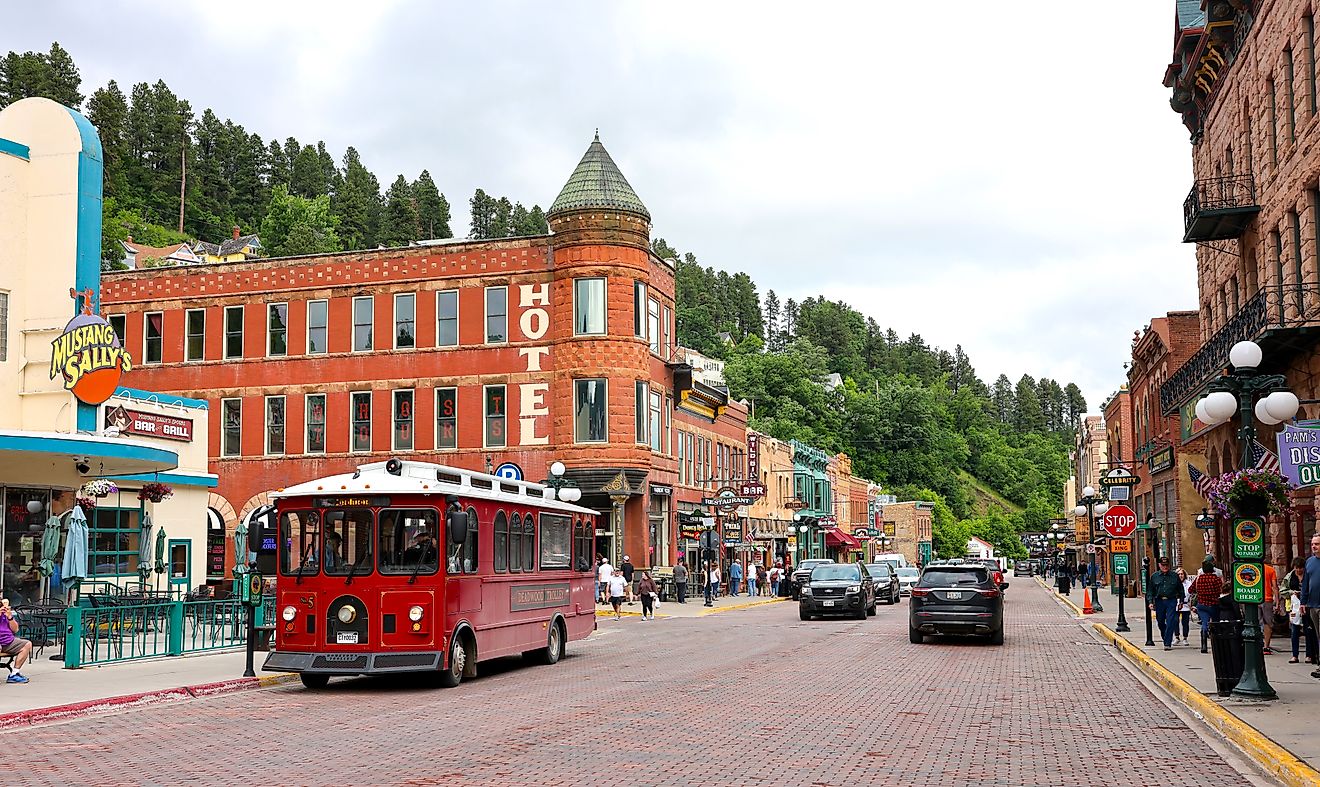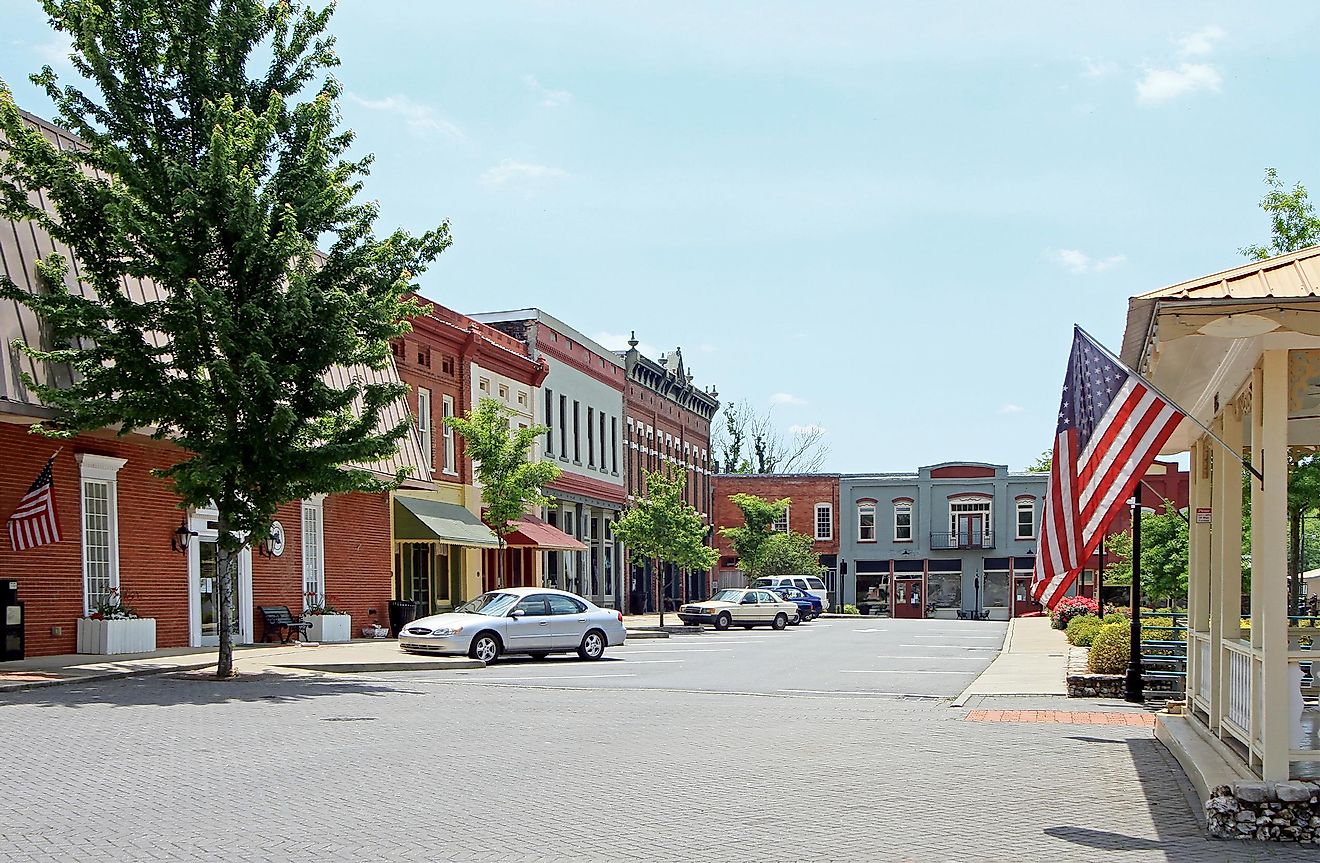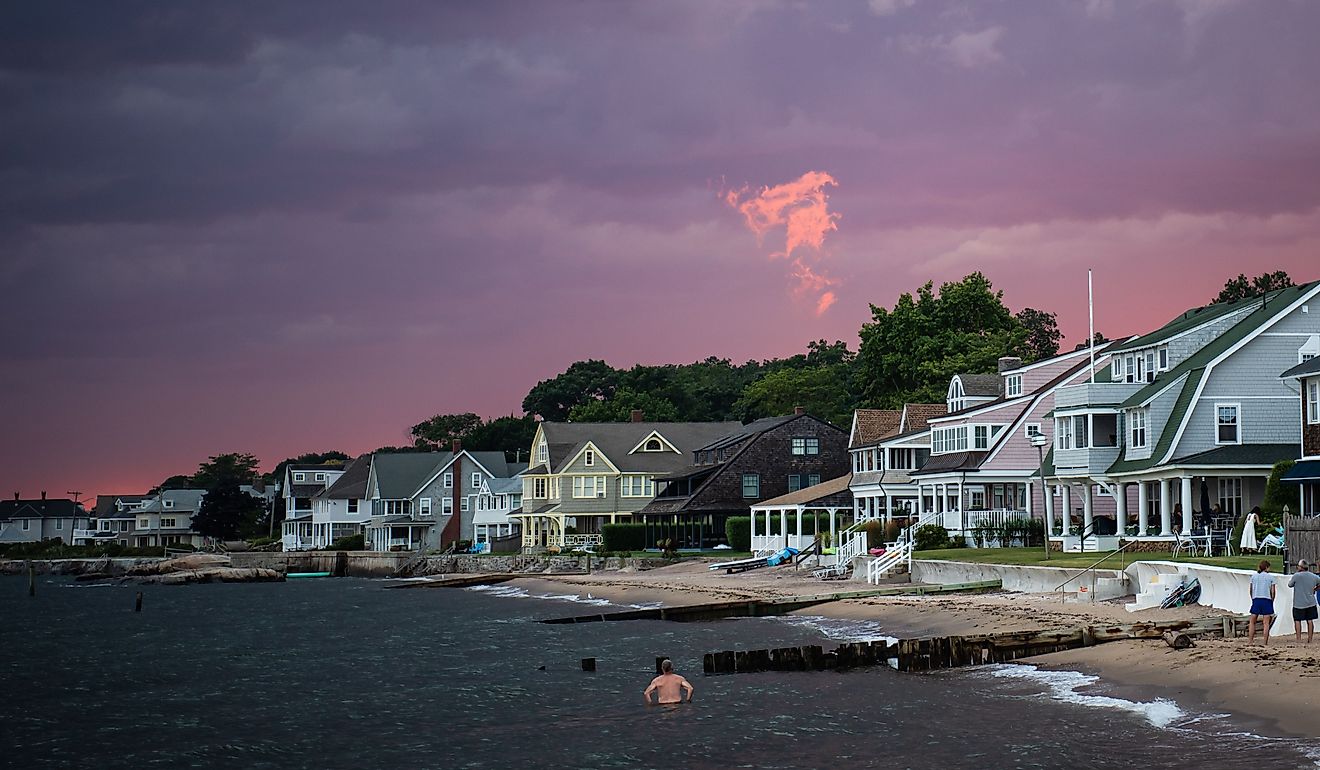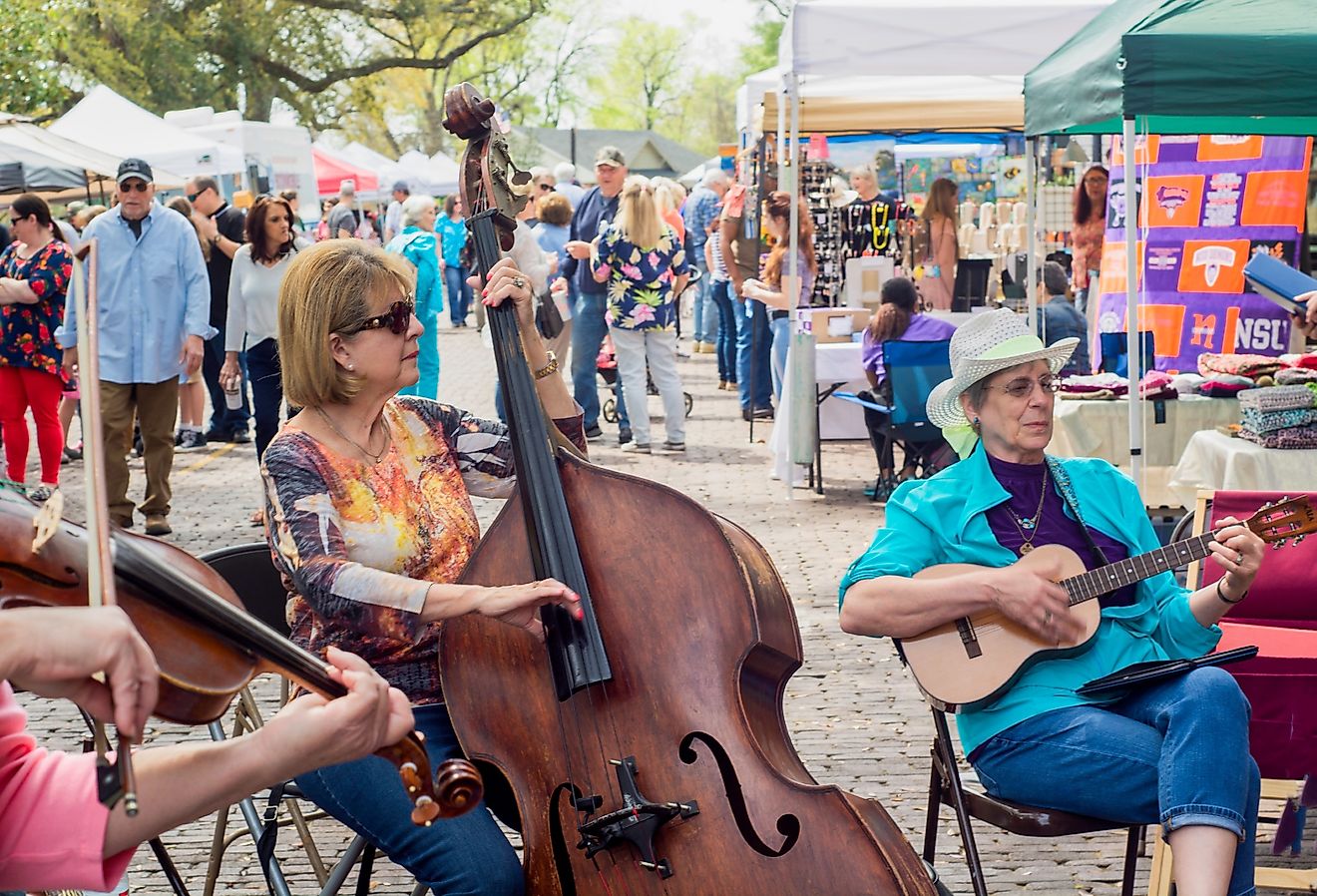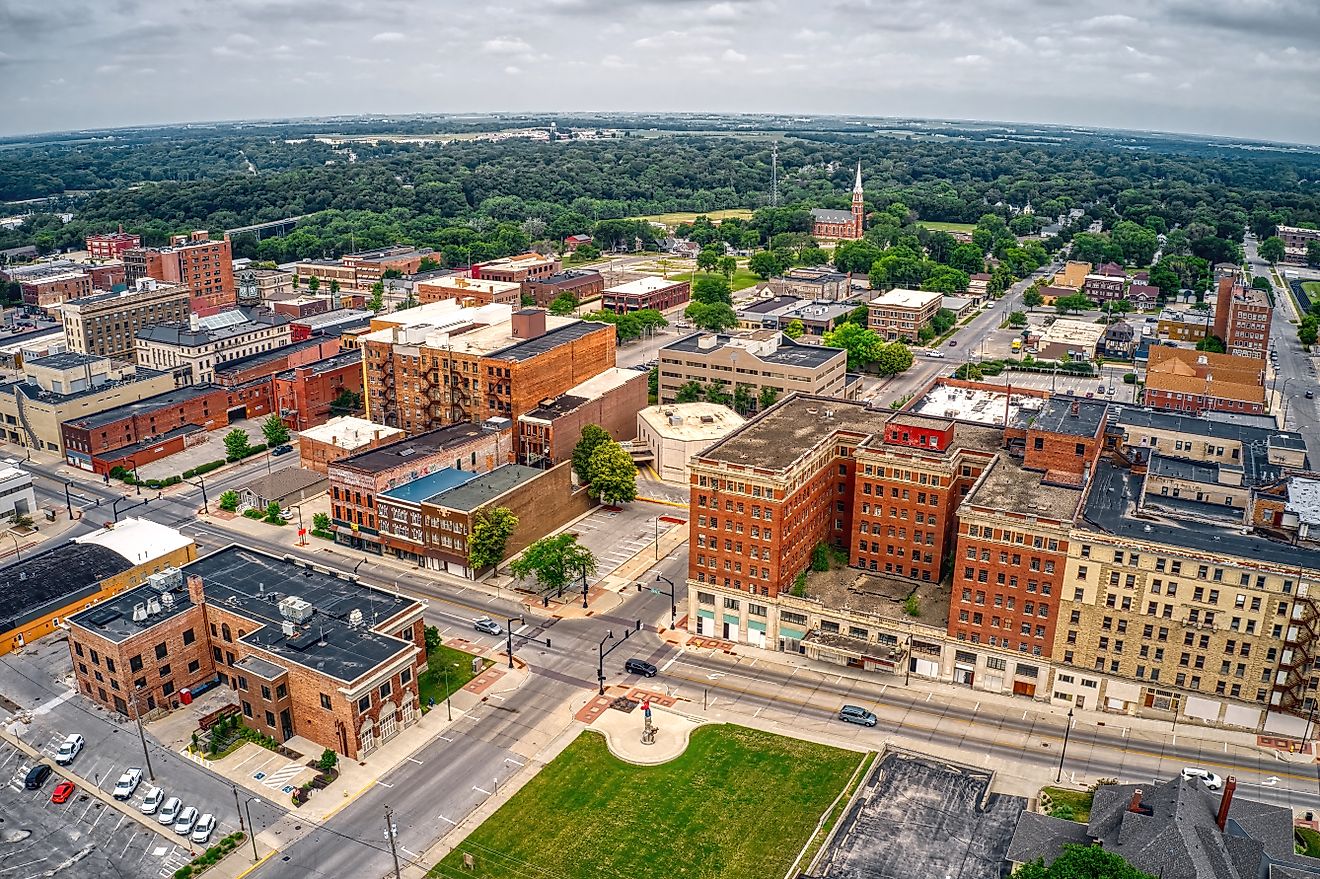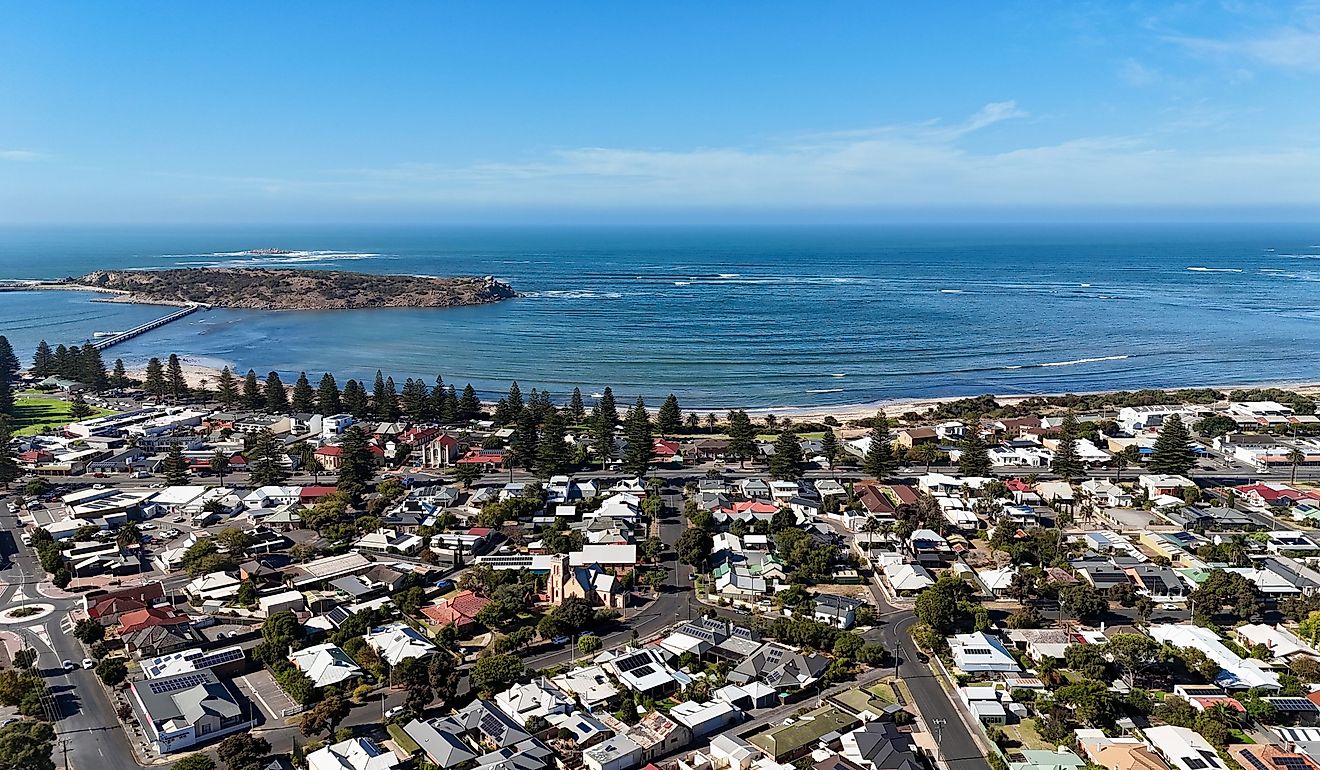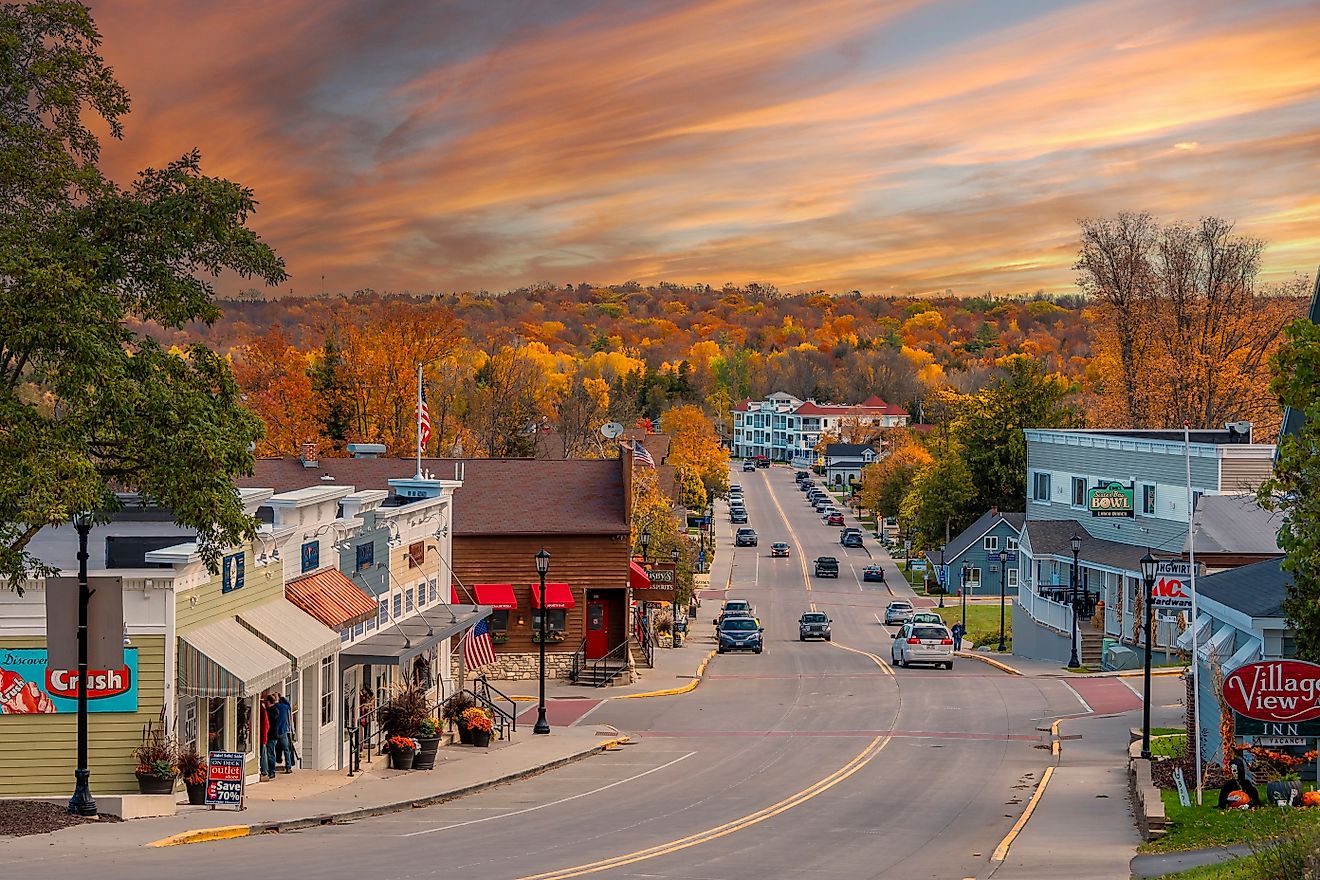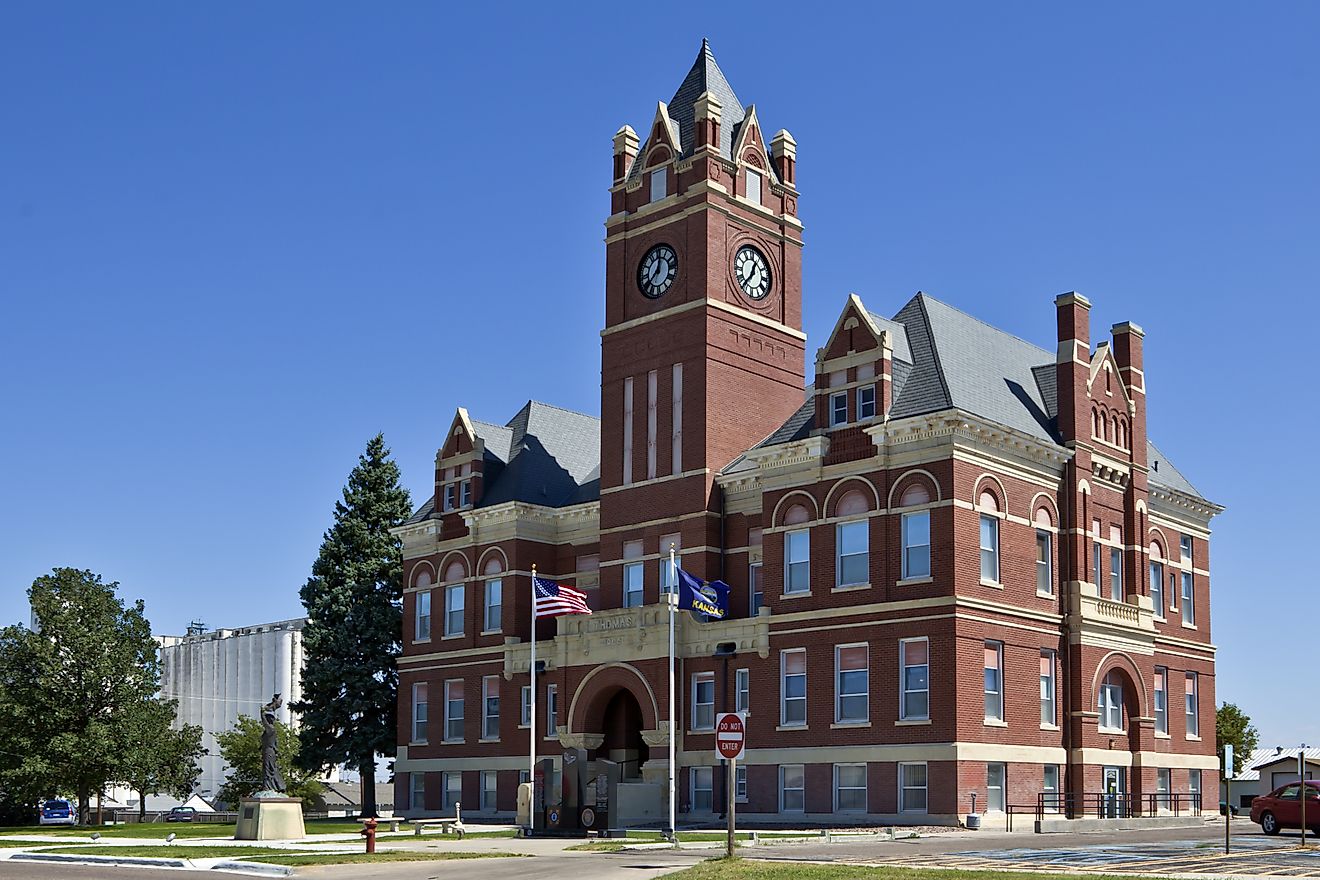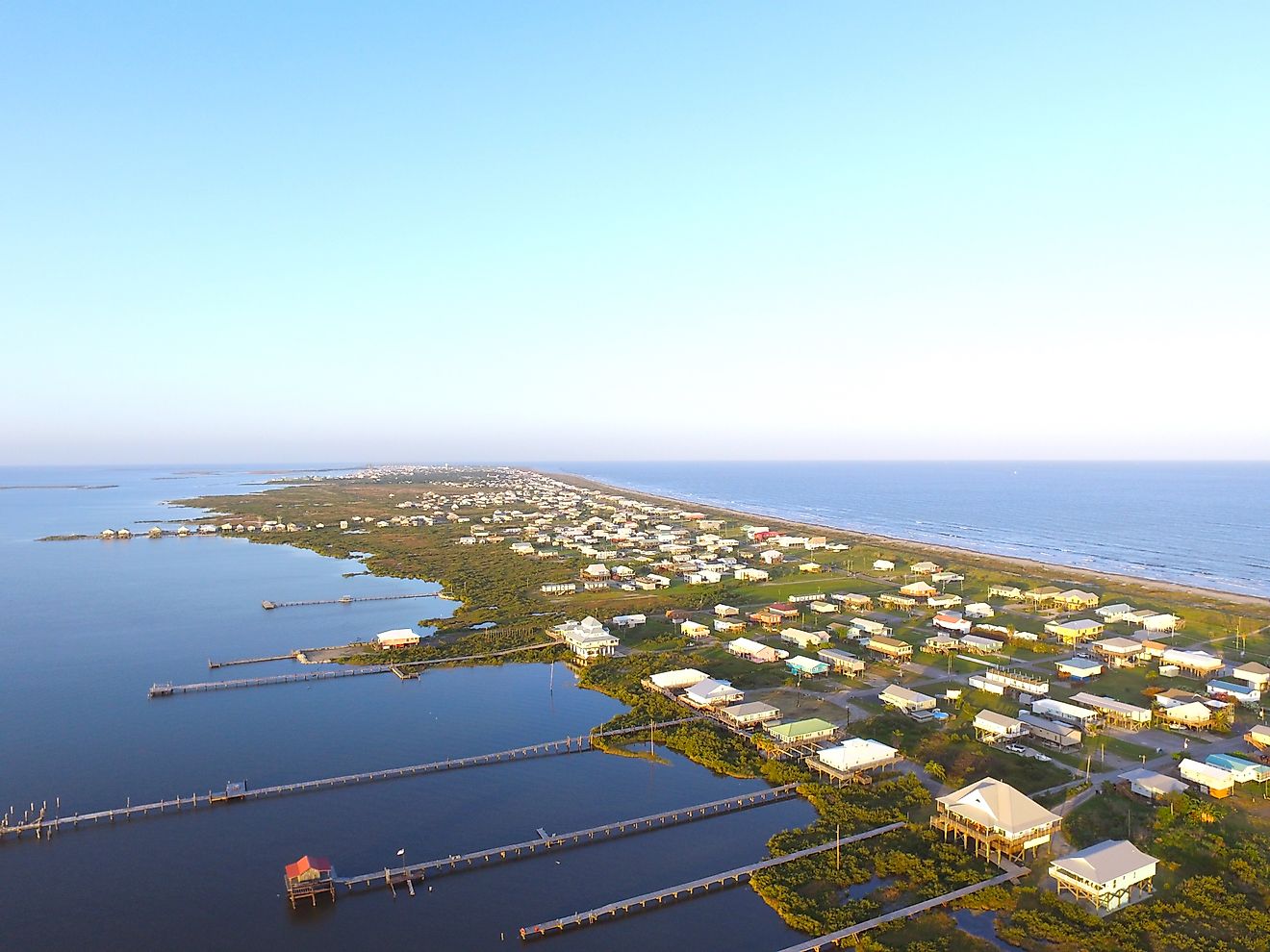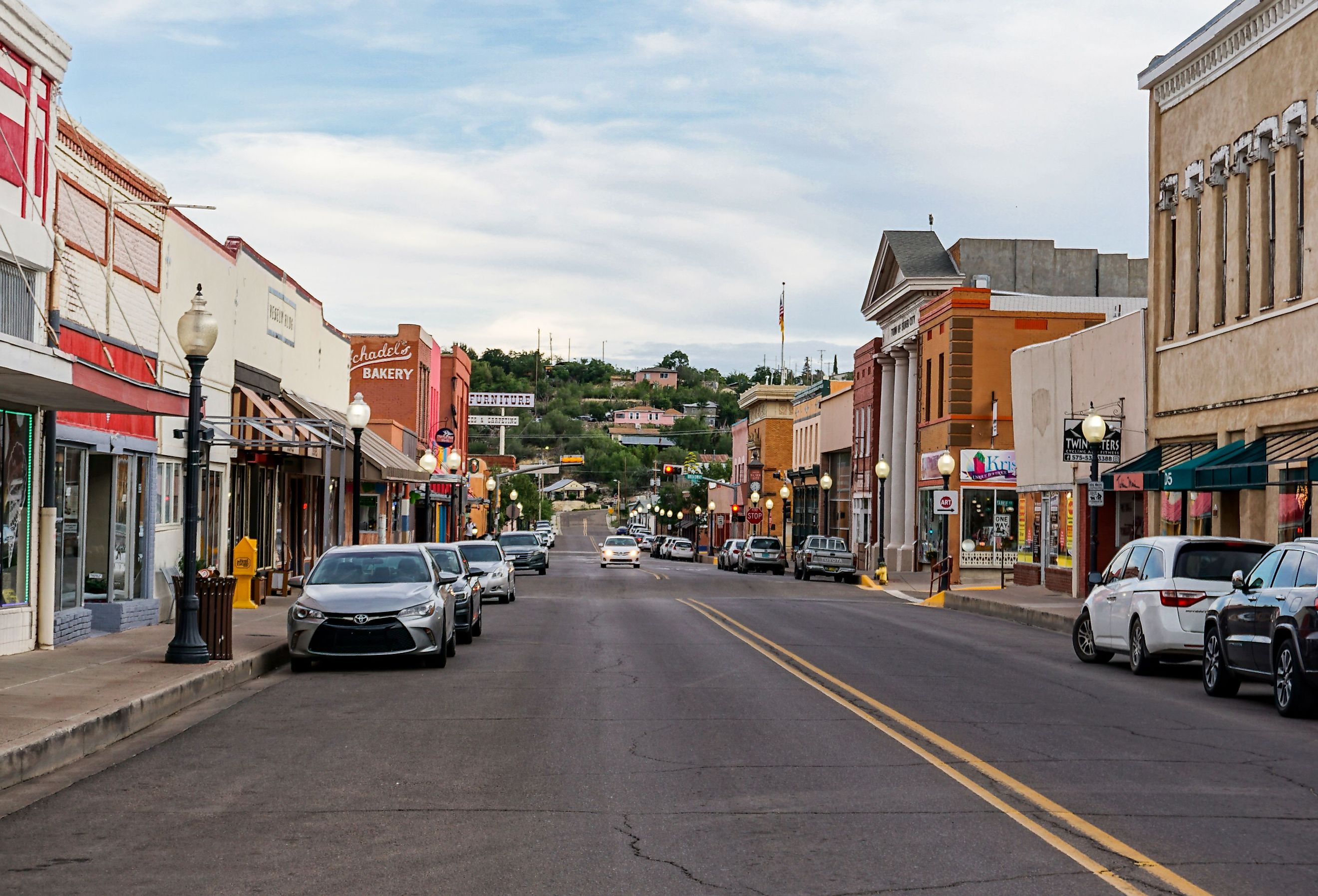
7 Most Charming Towns in New Mexico
New Mexico is bereft of people but bursting with charm. A population of just over two million residents in an area bigger than the United Kingdom leaves a lot of room for charming attractions, such as those contained in or near the state's numerous small towns. These include hot springs, ski resorts, state parks, art galleries, car shows, museums, a scenic train, a blue hole, and even biannual visits from Santa Claus. Charming is subjective, so come and check out these New Mexico towns yourself to be the judge.
Truth or Consequences
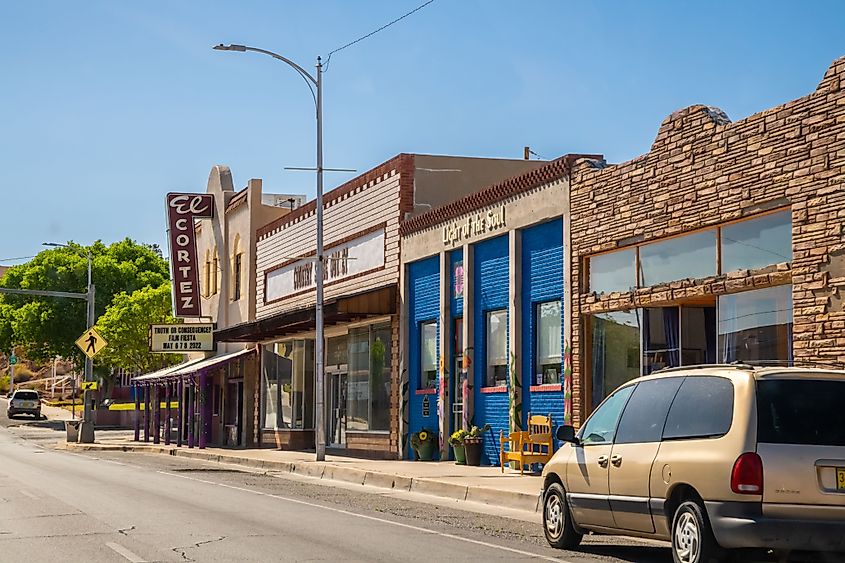
Truth or Consequences, is a 6,000-person "city" named after a radio show. In 1950, Truth or Consequences host Ralph Edwards promised to broadcast its 10th anniversary special from the first town that changed its name to that of the show. Hot Springs, New Mexico, accepted the offer and became Truth or Consequences on March 31. That deal worked like a charm. Edwards got perpetual publicity, and T or C is one of the most talked about towns in the state.
People come for its current name, but they stay for its former name. Hot springs power around 10 different bathhouses and hotels in town. T-or-C takes "laid-back" to another level, since visitors spend most of their time literally lying on their backs. The other time is spent touring Geronimo Springs Museum or drinking at Truth or Consequences Brewing Company. A charmed name and life is the truth in Truth or Consequences.
Taos
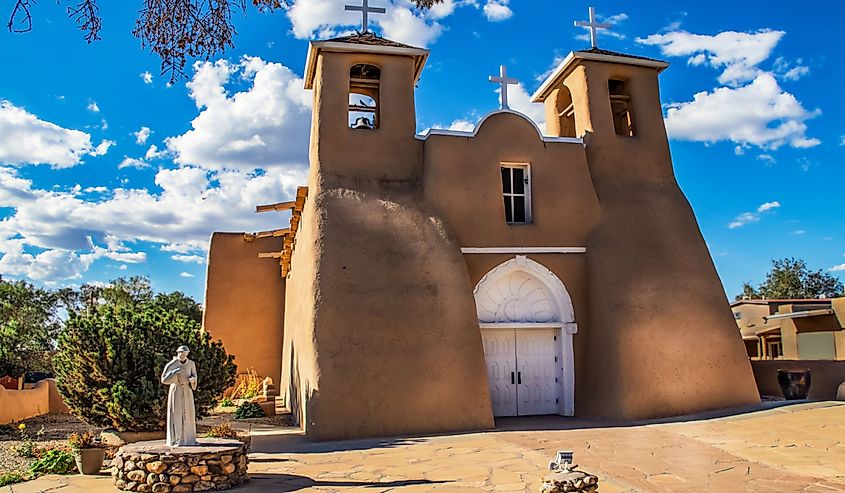
You might not think of New Mexico as a skiing destination, but it has some of the best slopes in America. The north-central town of Taos is home to roughly 6,500 people and neighbored by four major ski regions, comprising Taos Ski Valley, Red River, Sipapu, and Angel Fire. Even if you are not a skiier, the views from these slopes should leave you breathless.
You can catch your breath in Taos proper, a vibrant area with less arduous attractions like Taos Plaza & Downtown, Harwood Museum of Art, and Kit Carson Home & Museum. It is also a short drive from Taos Pueblo, a UNESCO World Heritage Site and one of the oldest continuously inhabited Indigenous communities in America.
Mountainair
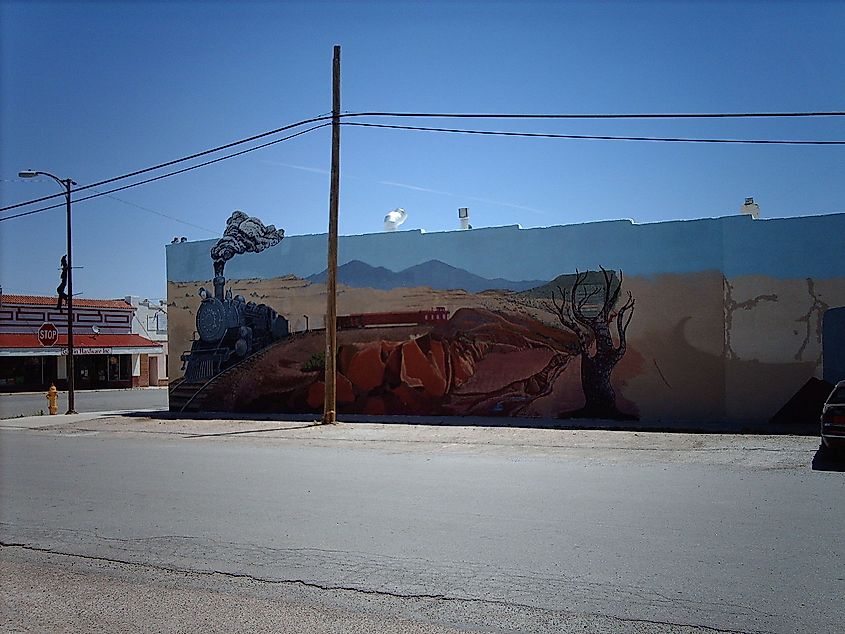
Mountainair is an apt name for this 900-person community in Central New Mexico. Residents and visitors can breathe mountain air cascading from the Manzano Mountains while walking downtown, which has an Old West vibe and the buildings to match. Chief among them are Salinas Pueblo Missions Headquarters Visitor Center, Cibola Arts Gallery, and Shaffer Hotel, which is adorned with swastikas but not those swastikas. These are Native American symbols.
In addition to the Manzano range, Mountainair's nearby natural wonders include Cibola National Forest, Sevilleta National Wildlife Refuge, and White Sands National Park.
Silver City
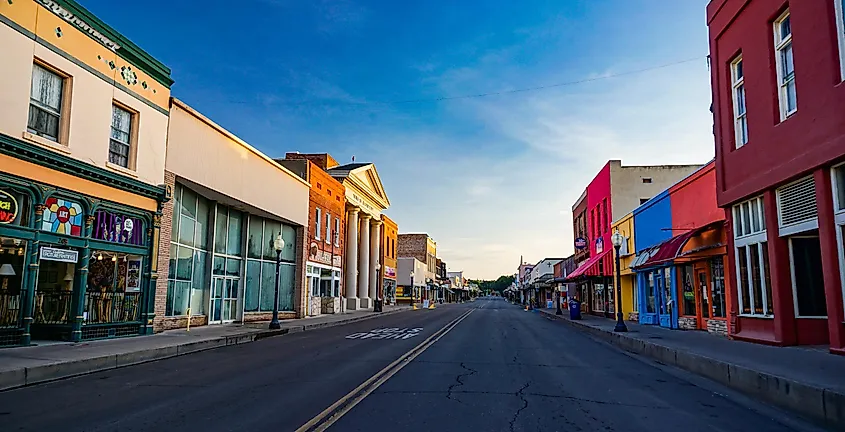
Although Silver City's reputation has not been so sterling in recent years, it is still one of the most picturesque towns in New Mexico. Much of its architecture dates to its gold, silver, copper, zinc, and lead mining days of the late 1800s and early 1900s, which created Wild West-style lawlessness that is exhibited at modern museums. Silver City Museum and Western New Mexico University Museum are two of the town's top attractions, complementing historic haunts like Bullard Hotel, Silver City Women's Club, and the Silver City Water Works Building. Since Silver City is part of rural New Mexico, Gila National Forest and other rustic retreats are just a gemstone's throw away.
Chama
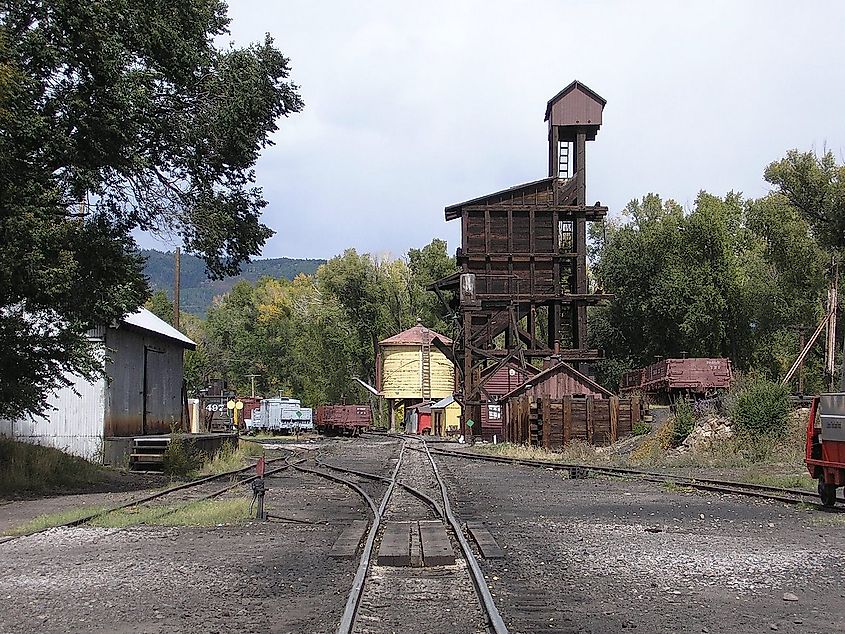
"Charm" is not quite in the name of Chama, but it is in Rio Chama. The village was built on and named for this tantalizing tributary of the Rio Grande River. As an important locale in the Rockies, Chama developed into a railroad hub, which drives tourism today. Cumbres & Toltec Scenic Railroad takes passengers between Chama and Antonito, Colorado, passing over state borders 11 times, and crossing the 137-foot Cascade Trestle. Even the train's station is serene, since it consists of historic buildings set at about 7,800 feet.
Aside from the train and train accessories, Chama's 900-plus residents and many more tourists visit Mountainview Mall, the Edward Sargeant Wildlife Management Area, and numerous festivals.
Cloudcroft
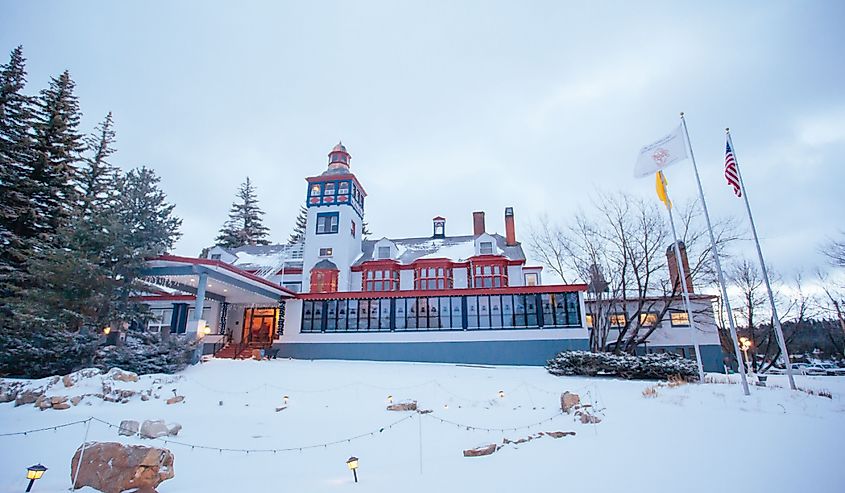
Cloudcroft is a heavenly little village in southern New Mexico. Just about 750 permanent residents enjoy the space and tranquility offered by postcard-worthy downtown and its surrounding nature. Cloudcroft gets its fair share of visitors for the same reasons, plus attractions that exist only at certain times of the year. Despite its small size, Cloudcroft has an array of festivals representing its diverse industries and culture, such as May Fair Juried Art Show, Cloudcroft Beerfest, Christmas in July Jamboree, Art & Wine in the Cool Pines, Lumberjack Day Arts & Crafts Show, and Vintage Christmas Village. Santa visits Cloudcroft biannually.
Santa Rosa

Speaking of Santa, take a look at Santa Rosa, which does not have a lot of red and white but it does have a lot of blue. Case in point: the Blue Hole, a seemingly magical pool of water that brings many thousands of tourists to this 3,000-person "city." The hole is a natural artesian well with bright blue-appearing water reaching a depth of 81 feet and maintaining a temperature of 61 degrees Fahrenheit. Other blue attractions in or around town include Santa Rosa Lake State Park and Santa Rosa Pond.
Santa Rosa is also on the infamous Route 66, which does not sound charming but is lined with quite a few charming attractions. The Blue Hole is one, as is Route 66 Auto Museum, a vintage car show that runs seven days a week. It also exhibits Route 66 memorabilia. Quirkiness can be charming too.
New Mexico was built on charm and continues to ooze it even after the legendary mines have died. You can learn about its mining history in Silver City, ride a historic train in Chama, dive into a magical pool in Santa Rosa, be visited by Santa twice a year in Cloudcroft, pretend to be a cowboy in Mountainair, hit the slopes in Taos, and bathe in hot springs in Truth or Consequences. All of those towns are small in population but big in everything else. It is time for a charm hunt in rural New Mexico.

